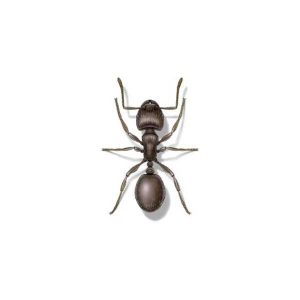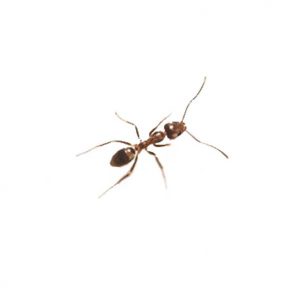Carpenter Ants in Illinois and Indiana
Found throughout Illinois and Indiana, carpenter ants are wood-destroying insects that are often confused with termites. If left alone, carpenter ants can destroy a structure, tunneling out support beams throughout buildings, sometimes causing entire walls to collapse. The difference between carpenter ants and termites is the fact that carpenter ants do not eat wood, they simply tunnel and nest through it—this is something that can help identify a carpenter ant infestation.
Carpenter Ant Habitat
When found outdoors, carpenter ants prefer damp wood, nesting in rotting tree stumps, firewood, and wood fencing. Indoors, they infest building materials such as foam or wood insulation and can occupy cavities like those found in hollow doors or window frames. Although carpenter ants are often found outdoors, they typically make their way inside homes and buildings by climbing through plumbing and electrical openings or through cracks and crevices in foundations.
Carpenter Ant Behaviors, Threats, or Dangers
Carpenter ants are not typically thought of as dangerous and rarely bite. The real concern with a carpenter ant infestation is their ability to damage and weaken the structural integrity of homes and buildings. Carpenter ant populations can reach tremendous numbers, at which time satellite nests begin to form and branch out from the original colony. Similar to termites, carpenter ants will swarm to mate and establish new colonies. Seeing these winged, flying ants in your home is a sign of an infestation, and it is recommended to contact a licensed ant exterminator.
Need help with Carpenter Ant control?
We'll call you! Leave your information below.









